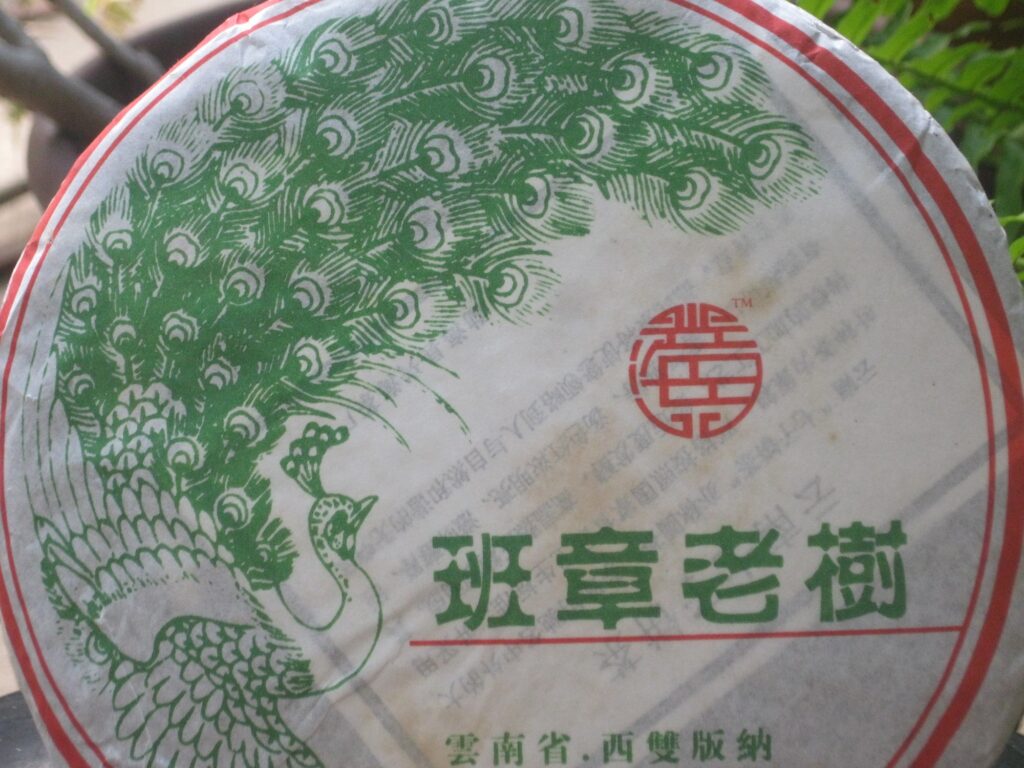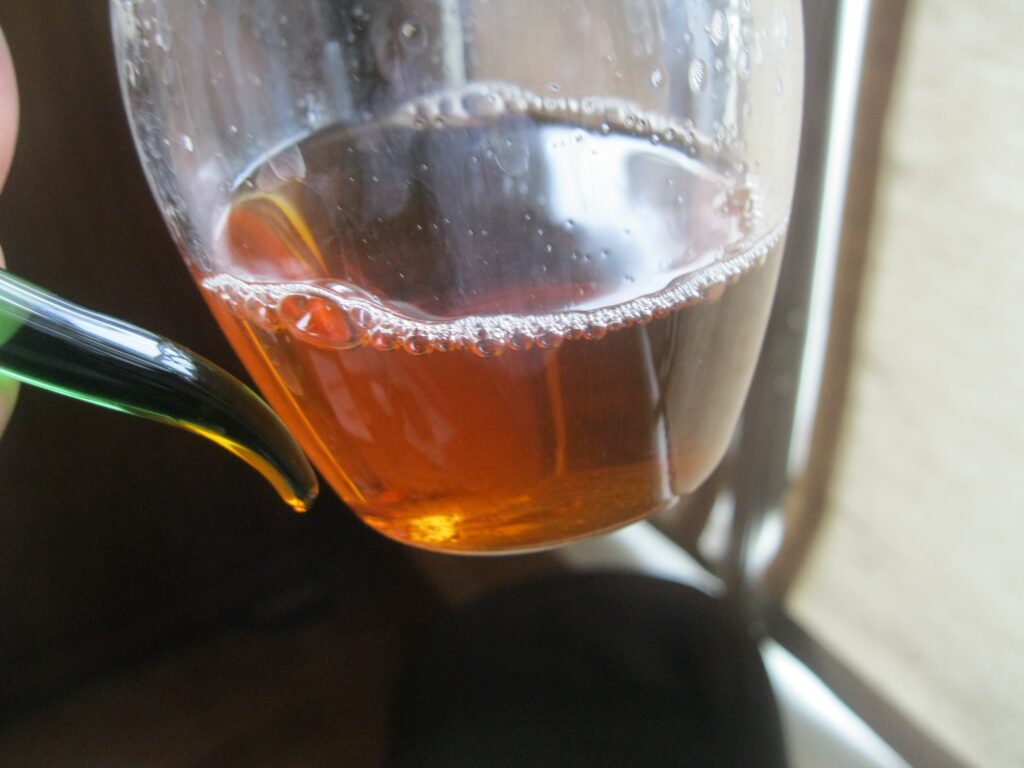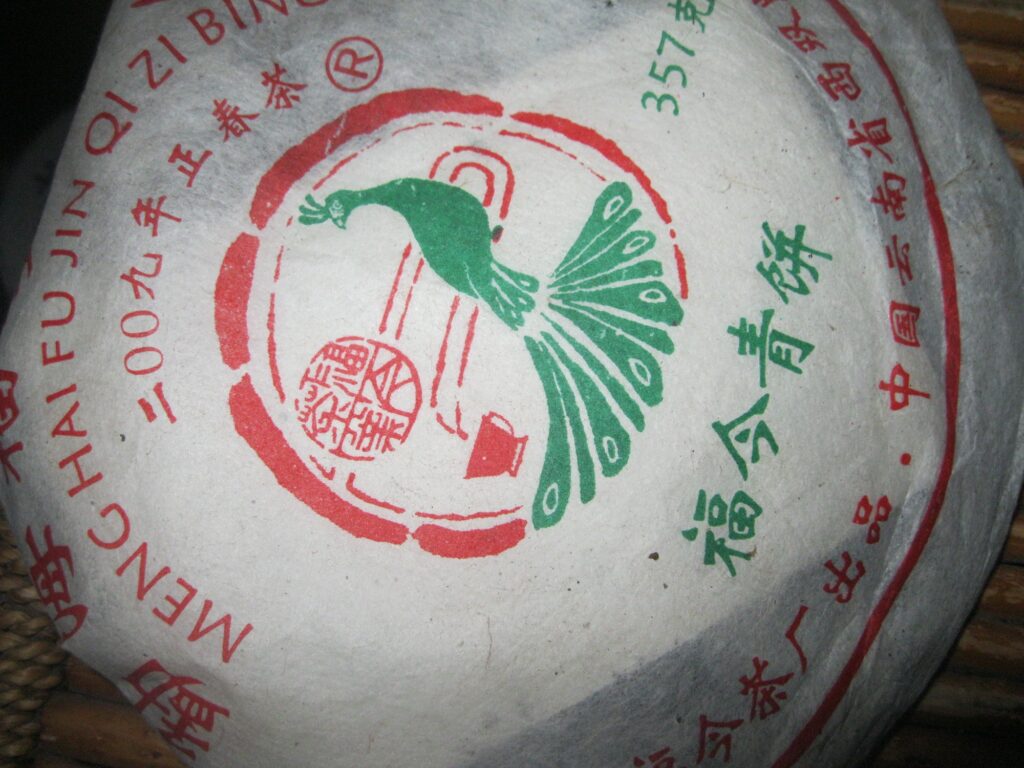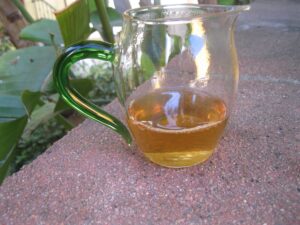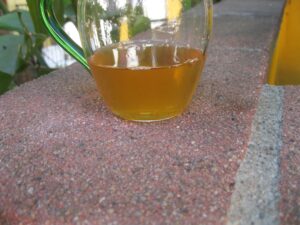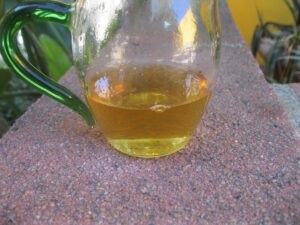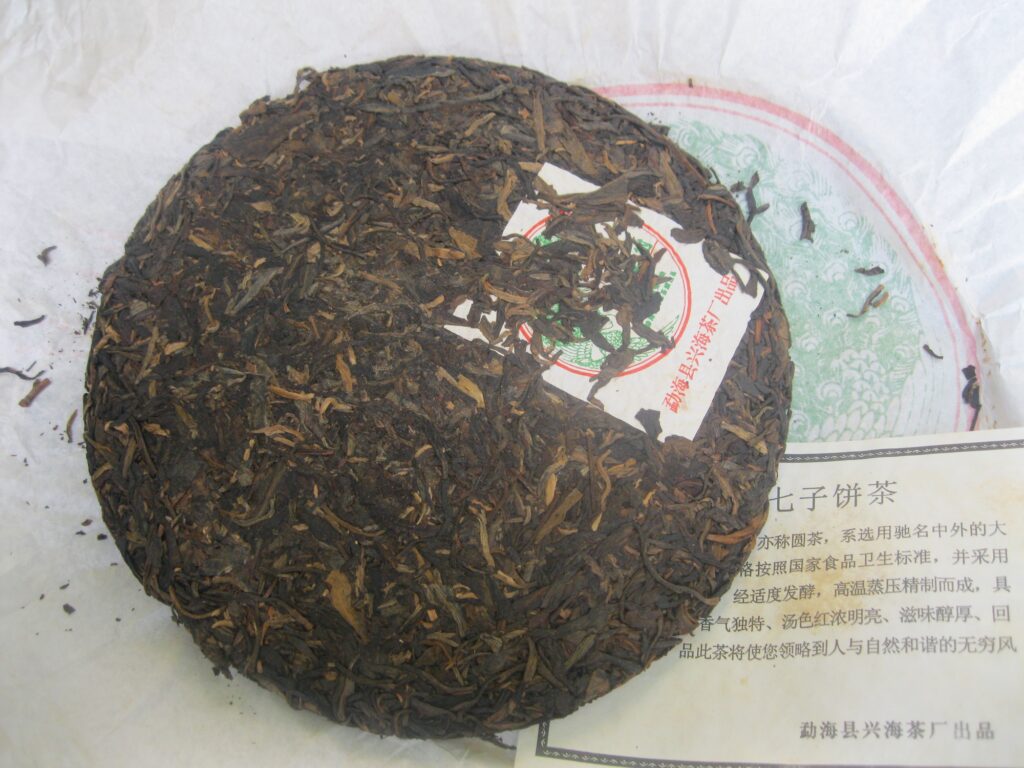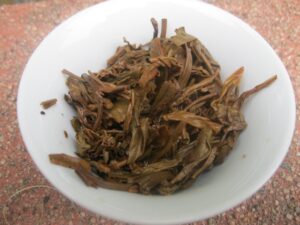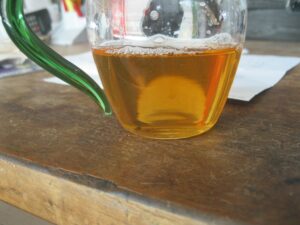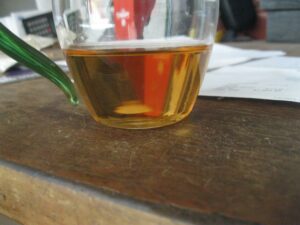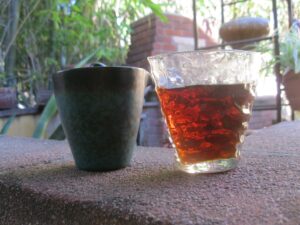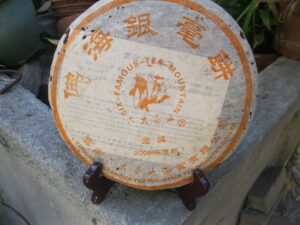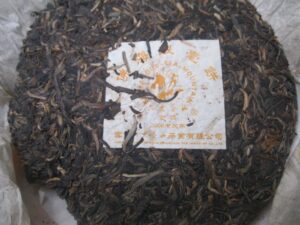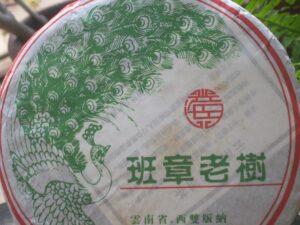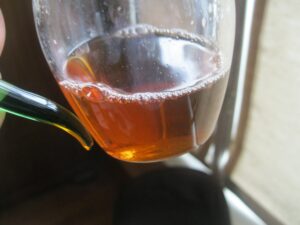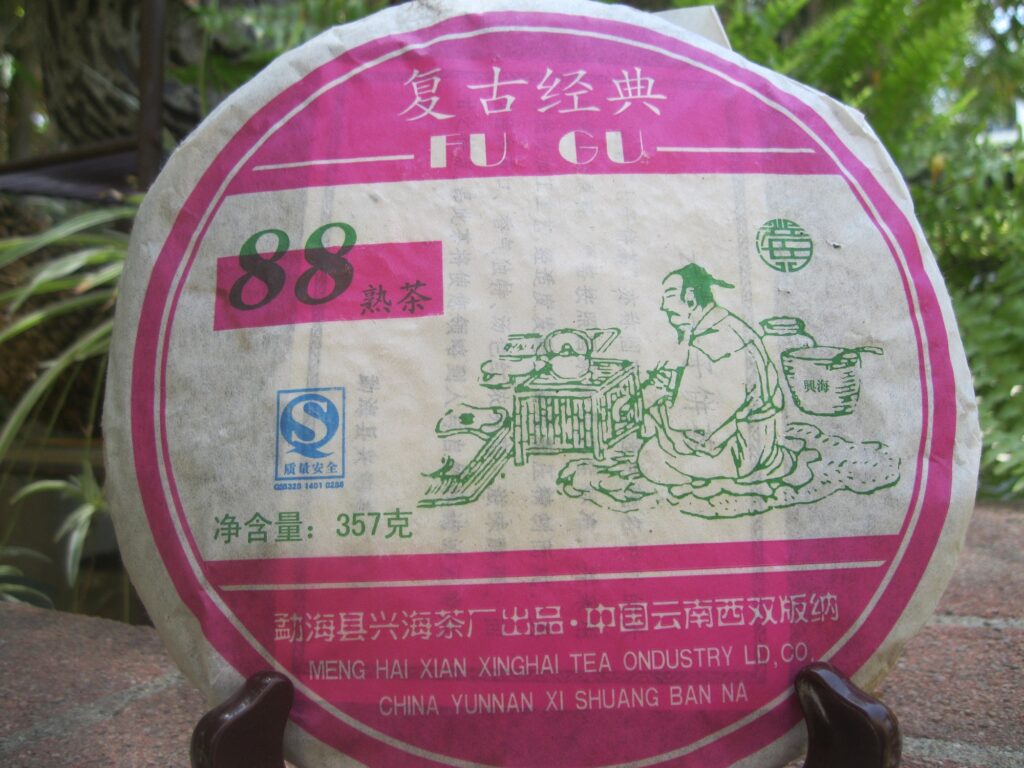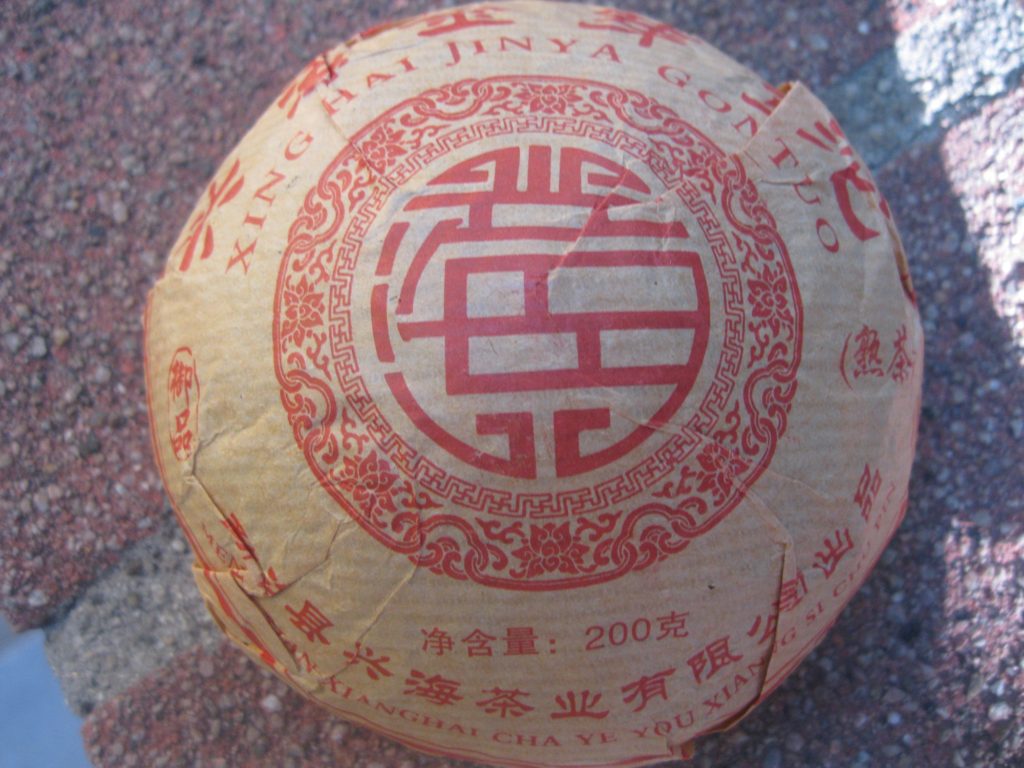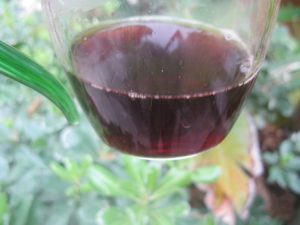Xinghai Tea Factory Aiyaaa
Xinghai Tea Factory Aiyaaa momentarily gripes about food stamps. Well, technically date stamps or the lack thereof. Liming is bad with stamping but Xinghai is the worst. By ’08 the problem seems to have been remedied, but between ’04-’07 the stamp situation is a disaster.
It’s not uncommon for wrappers to indicate checking either the neipiao or neifei for time stamp. It may say check neipiao but the stamp will be on the neifei. Quite often there is no stamp at all. On top of that is a situation where the neifei isn’t really even a part of the cake.
Well, after watching this video where the stamp was clearly absent from a neifei that looked to me as though it should have been stamped, a rant was in order. You’re witnessing that now. The Puerh Junky’s wife did as well. The quandary was clear: why aren’t they stamped? The easy response is they’re fakes. But if it’s fake, why not go the whole nine to ensure you’re pulling one over? Enough has already been made of just how much the fake card is overplayed. I suspected, perhaps pilfering at the place of employ. Ambitious employees may opt to try their hand at entrepreneurship. Possible, but perhaps not likely. Finally, the heavens opened.
Puerh Dating Quandary Solved
If dateless productions are not fake or the result of sly employees’ pilfering, what would dateless offerings be communicating to buyers? “IT’S THE BATCH STUPID,” to quote a famous politician. With some of the big time factories where collecting constitutes a significant part of the market, the first batch is that which is coveted. Batches of the same production must be differentiated from the first in order to maintain the first’s “rarity” and value, thus the absence of a date stamp and presence of quirky anomalies with the wrapper.
What kind of quirks? Well, for example, the first batch (pictured above) of what Puerh Junky calls the ’05 Xinghai Green Mark (the real name is just too generic, no wait is Menghai Qizibingcha generic?) bears a faded green seal, whereas the second batch seal is much more vivid. . . and lacks a date stamp.
In another example, the second batch of the Bulang Old Tree has the identical wrapper but is stamped “特制青饼” and lists with a different Xinghai production name on the reverse specs. One vendor actually had all three versions of the wrapper, one having simplified characters, but only the first batch bearing the time stamp and being twice the price of the other two.
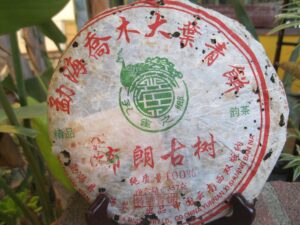
Stamped Second Batch
Xinghai Not So Chaotic
So Xinghai Tea Factory is not so chaotic. It like Liming and a few others have a method to their date-stamp-free madness. There’s a measure of coolness to such a practice. It reflects just how seriously the factory takes itself, the exact opposite of chaos.


